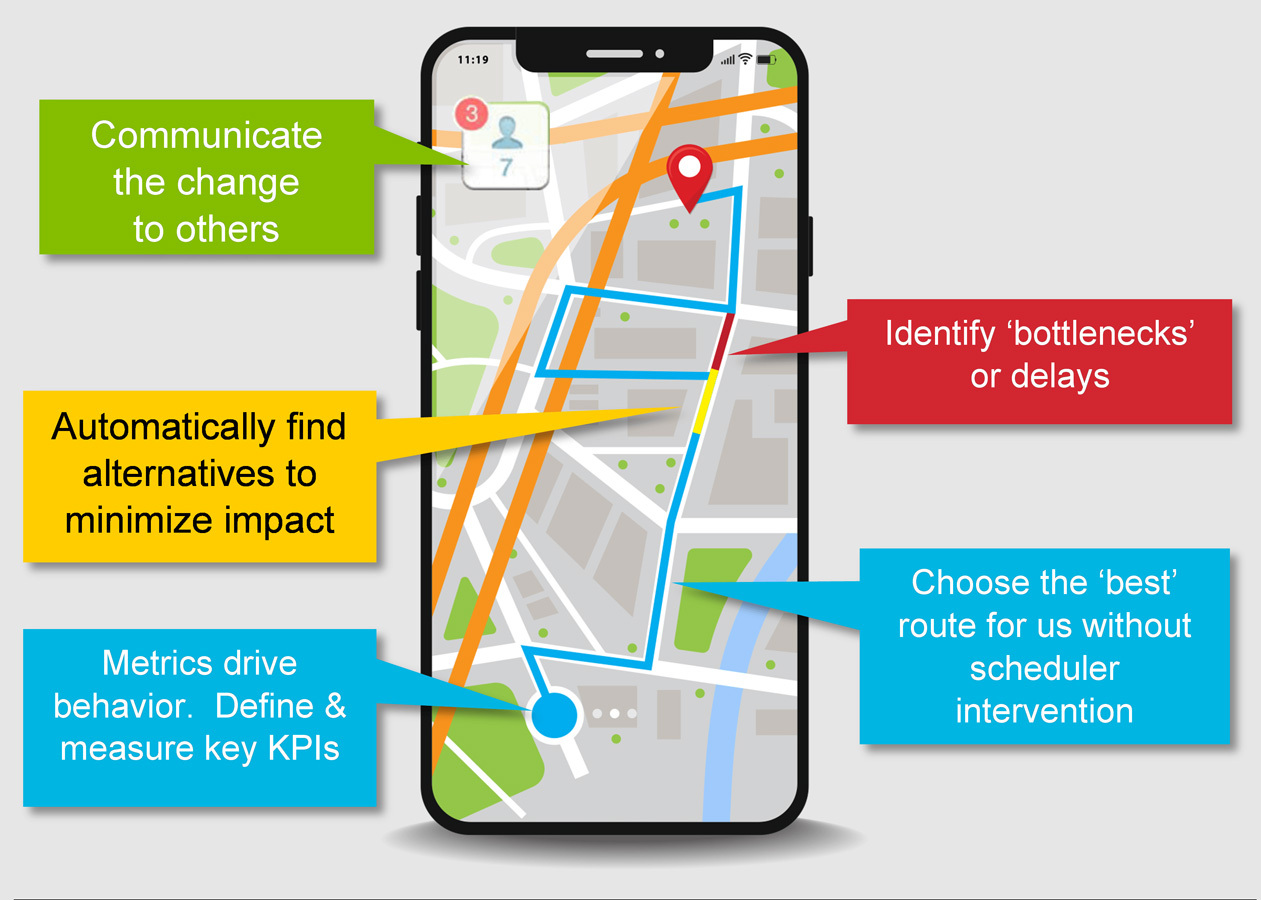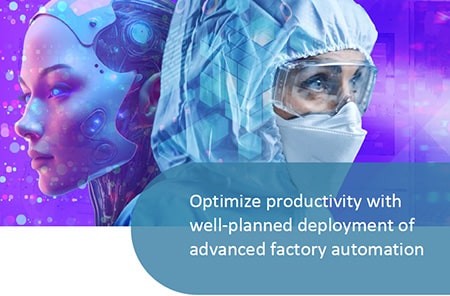In interviews with pharma manufacturing leaders on scheduling, there are two questions we typically hear: ‘Why are we so slow to react when there’s an adverse event on the shop floor?’ and ‘If my phone can get me directions to a location and route me around any roadblocks, why can’t my manufacturing schedule give me the same level of precision?’
They’re right to be upset. Smartphone apps are increasingly able to perform sophisticated optimization using real-time data that allow users to make decisions quickly and easily. Whether it’s directions to a coffee shop, live language translations, or managing workflows, consumer predictive applications are simple to use and increasingly powerful in the types of problems they solve.
In contrast, most pharma companies today are using Excel spreadsheets or clunky thick-client scheduling applications that seem like they haven’t changed since the 1990s. Schedulers are manually cutting and pasting data, moving schedule blocks and keeping track of shop floor changes using phone calls and text messages. In an age of push-based smartphone notifications that provide real time alerts and recommendations, that approach is unacceptably slow. Manual data collection and analysis takes time and the resulting delay means manufacturing is constantly acting on old data.
Why hasn’t scheduling software kept up?
There are many reasons pharma scheduling has struggled to keep up with the pace of innovation in consumer smartphone apps:
- Pharma manufacturing is a complex and risk-averse environment where innovation tends to focus on science rather than technology platforms
- Companies often continue the use of existing tools and methods to avoid ‘rocking the boat’ in manufacturing, despite the development of improved platforms that go well beyond Excel
- Healthcare data is strictly regulated, making it difficult for new platform developers or pharma companies to get access to accurate real-time data feeds
Faster, simpler, and more timely
Algorithm-driven platforms, such as SmartFactory Rx®, are revolutionizing the scheduling paradigm. By replacing spreadsheets and emails with trained algorithms, schedulers can rapidly run multiple types of scenario analysis and predictive analytics when there’s an issue. Because the algorithms have access to real-time data feeds from systems like PI, OPC, MES, and DCS as well as direct shop floor data, the results are highly reliable and can be delivered instantly to the operators who can act on them. These advances mean the shop floor can reduce the time it takes to respond to schedule changes, dispatching resources to where they are needed most.
In one example, the manufacturing team replaced SAP and a series of offline Excel spreadsheets with SmartFactory Rx for scheduling. The result was significant reductions in the number of CIPs required (due to clean hold expiries), fewer solutions that needed to be re-prepped, and several batches saved due to faster reactions when delays occurred. This improved timeliness has allowed the manufacturing facility to add more detail to their scheduling model, incorporating previously offline steps like glass washers and autoclave steps, as well as focus more closely on issues where variability has had an impact on their throughput or adherence to schedule. Improved data has meant that continuous improvement projects can be implemented to understand and reduce bottlenecks that operators and supervisors had not previously considered. This is just one example of how algorithmic approaches – built by companies that understand pharma manufacturing – can transform scheduling and operations. We believe scheduling should be as simple as a smartphone app. New tools are allowing best-in-class manufacturers to progress in that direction, simplifying user interfaces, and letting software do the hard work. Lower decision latency, quicker turnaround times and better insights will enable better decisions on the shop floor, which will lead directly to more profitable manufacturing operations.

